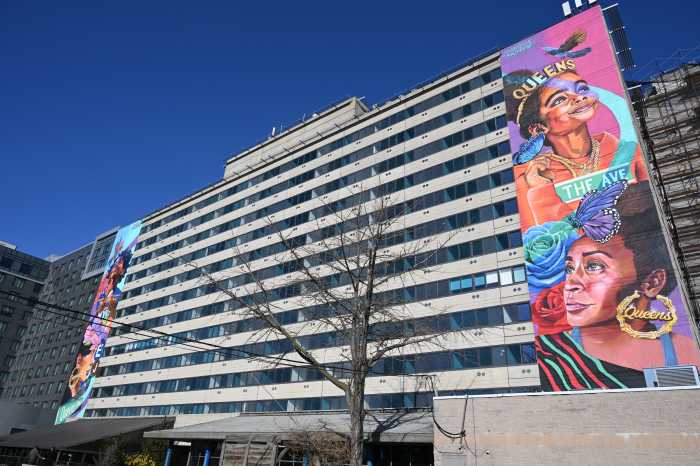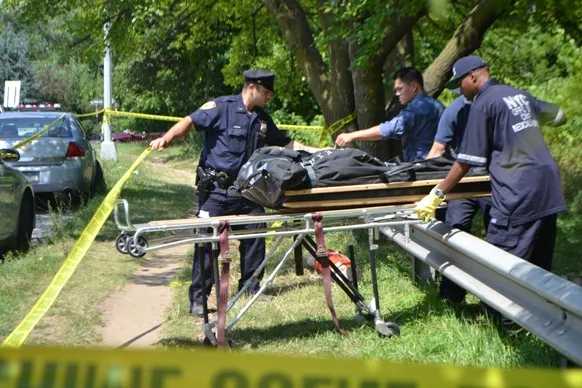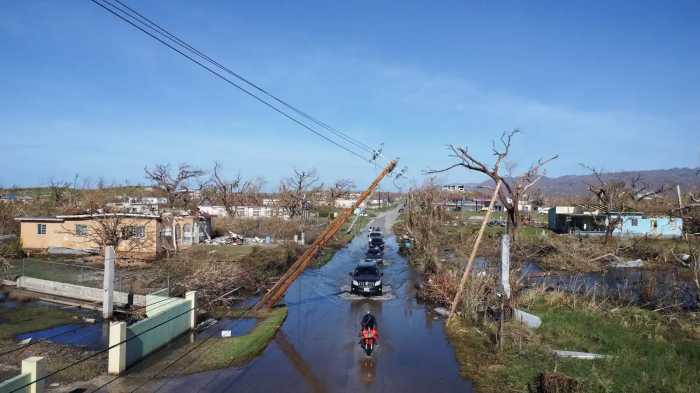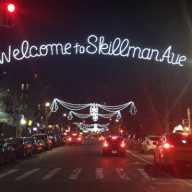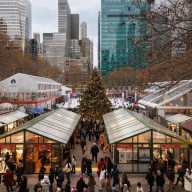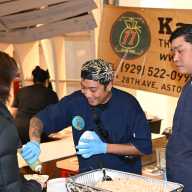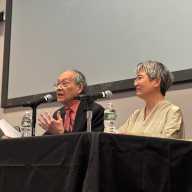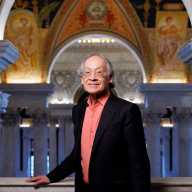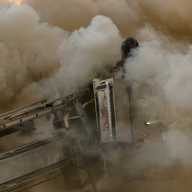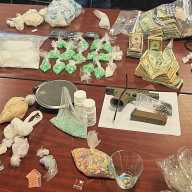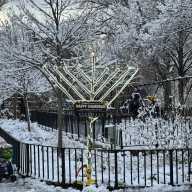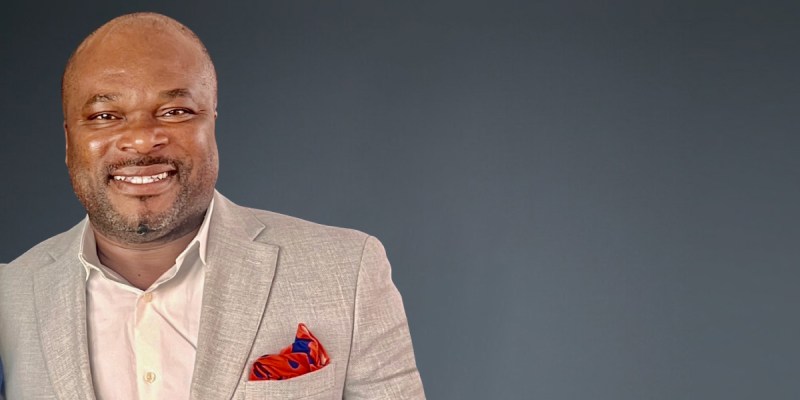An afternoon of…
The lush legacy of gardening in Queens, and how one of Flushing’s leading historic families changed the face of horticulture in America, will be part of the focus of the Queens Botanical Garden’s annual Gardening Day Sunday, April 25.
An afternoon of how-to talks and demonstrations is planned to get spring gardens (and gardeners) growing while also providing a broader view of the rich tapestry of multicultural and historical roots as reflected in plants, dance, and music.
Gardening Day, Getting Back to Our Roots, also celebrates the Prince family’s legacy as the first family of horticulture. As proprietors of one of the nation’s earliest commercial nurseries, an eight-acre homestead at 20 Broadway (now Northern Boulevard), that expanded to 80 acres along the Flushing River, the Prince family collected and grew seeds and plants from around the world and sold them to a distinguished clientele. Also called the Linnaean Botanic Garden, the Prince Nurseries propagated exotic trees, grapes and fruits, and introduced the Lombard poplar to America.
So great was its fame that the nursery received the protection and the patronage of the British army during the American Revolution; the soldiers sent specimens home to Britain and Germany. George Washington later visited William Prince by barge from Manhattan and purchased a plum tree for Mount Vernon.
According to Queens Historical Society counsel Paul Kerson, author of “The American Testament: How and Why Governor L. Bradford Prince Rebuilt Flushing, New York in Santa Fe, New Mexico,” nearly the whole of American history can be told by the Prince family. In 1737, Robert Prince founded the family’s nursery with his son William (d. 1802), whose descendants include seven other William Princes, three of whom are alive today and live in Santa Fe.
While on a family vacation in 1995, Kerson happened upon the subject of his future book when visiting the Prince Room of the Museum of New Mexico, only to discover that it was named for Justice L. Bradford Prince, who served first as a territorial justice, then as Governor of New Mexico from 1889 to 1893. L. Bradford Prince was born in Flushing in 1840, the son of the third William Prince and brother of the fourth, who served in the Civil War.
Like his biographer, Bradford attended Columbia University Law School. He served both as a New York State Assembly member and senator before his appointment by President Rutherford B. Hayes as a justice in the territory of New Mexico. A co-founder of the Queens Bar Association and a founder of the Flushing Historical Society, now the Queens Historical Society, he returned to Flushing in 1920 to oversee family and professional affairs, and died there in 1922. Prince is buried in Flushing Cemetery, the final resting place of two William Princes.
For Gardening Day audiences, however, Kerson will focus his talk on the three William Princes who helped to establish Flushing as the nation’s cradle of horticulture.
“The Prince family collected seeds from all over the world,” said Kerson. “Now Queens has people living here from all over the world. I think it’s only fitting that I give this talk at Queens Botanical Garden, which is researching the ways people from other countries use plants and is becoming known as the place where people, plants, and cultures meet.”
The Prince Nurseries closed after the death of L. Bradford Prince’s father, the third William Prince, in 1869. Most of the property was sold off, except for the homestead, which remained the residence of Charlotte Prince Henry, sister of the fourth William Prince, until her death in 1926.
Other historical notes of interest surrounding the Prince family is that it was among the original congregation of St. George’s Episcopal Church, now St. George’s Church, which still stands on Main Street in Flushing, between 38th and 39th avenues. Two William Princes served as vestrymen. Many of the congregation fled to Canada during the American Revolution, and the church lost the financial backing of the Church of England with the conclusion of the war. Those few members that remained took the bold step of striking the King’s name from the bible, possibly the earliest documentation of the separation and state, according to Kerson. Also, the third William Prince (1795-1869), who kept the nurseries open primarily for plant research, was a founder of The Horticultural Society of New York.
Gardening Day will run from noon to 5 p.m. Sunday, April 25, at the Queens Botanical Garden, 43-50 Main St. Call 886-3800 or go to www.queensbotanical.org.
How to get there:
By Bus : From the Bronx, Jamaica or Flushing, Q44 to Main Street Entrance, located between Dahlia and Elder Avenues.
By Train: IRT No. 7 subway or Long Island Rail Road (Port Washington line) to Main Street – Flushing. Q44 bus or walk south 8 blocks.
By Car: Long Island Expressway Exit 23, Main Street. Follow Main Street north for 3/4 mile. Left on Dahlia Avenue. Or, Van Wyck Expressway Exit 12A, College Point Boulevard. Right on Blossom Avenue.

